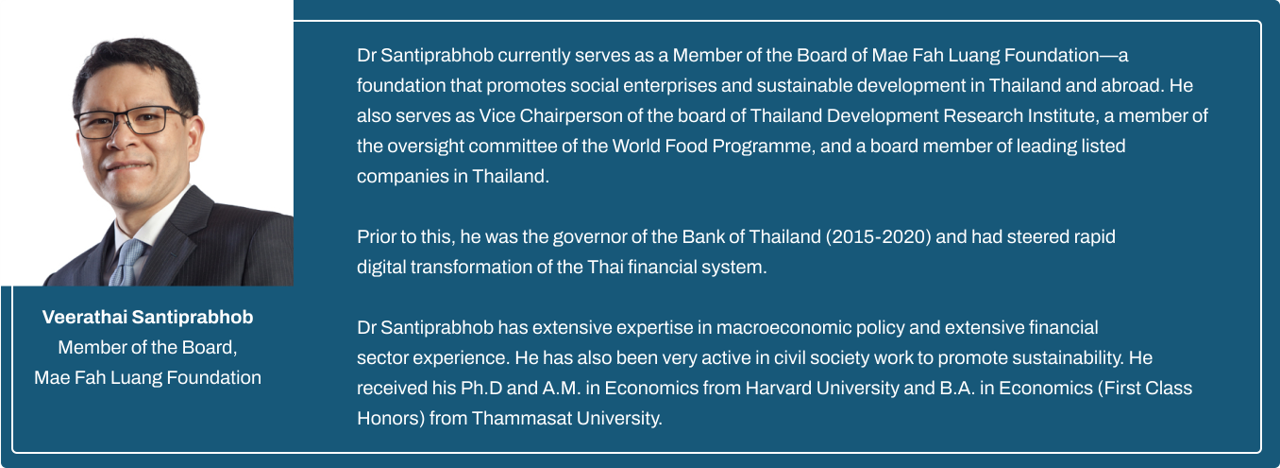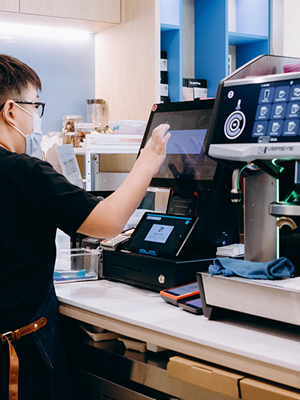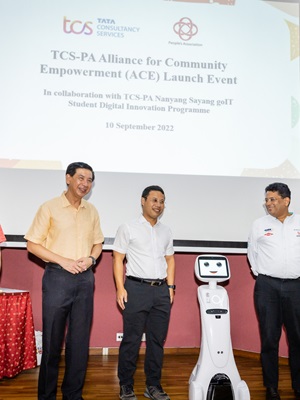Wikipedia defines youth activism as ‘the participation in community organizing for social change by persons between the ages of 15–24.’1 It also states that ‘technology and the use of digital media has changed the way youth participate in activism globally, and youth are more active in media than older generations.’ It is important to first consider the reasons for this significant role that social media plays in youth activism. Everyone falling within the boundaries of the loosely defined age limits provided in the above definition from Wikipedia was born after the entry of the internet into homes. Smartphones followed soon after, within the first decade of this millennium. As the limitation of being bound to a desk and the cost constraint of possessing a laptop or desktop vanished, social media had the opportune moment to spread its footprint at a gigantic pace. With a higher percentage of those who are either yet to begin earning or have just begun earning, have a high level of energy and strong desire for rapid change, the freedom, pace, and cost advantage of social media proved irresistible for the youth.
Social media has some very interesting characteristics. On one hand, the rate of change and brevity of content along with the greater focus on visuals align well with the psychological preference of a less patient young generation. Ironically, the very same media uses algorithms to identify users’ areas of interest to keep them glued to the screen in spite of a generally lower attention span. Therein lies the power of the social media. It manages to extract from a quick-to-distract generation something that a lot of other things cannot: attention. Furthermore, social media offers millions the opportunity to share their views as well as images freely and instantly. In comparison to this, traditional media is slower and has a level of screening. This makes social media a double-edged dagger. Access for everyone makes it more democratic. Its speed and reach make it more efficient and effective for the propagation of views. These factors make it tool for empowerment. There are certainly many who have a genuinely good cause to propagate their views: the environment, women’s safety, the fight against corruption, philanthropy, developmental ideas and more. They no longer struggle to get widespread visibility for their causes and views just because they are not established writers, professional journalists, politically connected persons or celebrities. They are no longer held back by their lack of qualifications, wealth, power or a professional position. A notable example of the role played by social media in youth activism is of some teenagers from Parkland, Florida, USA leading the gun control conversation after an incident of shooting that led to the death of some of their teachers and schoolmates. As shared in an article2 published in Time magazine in March 2018, the students who began campaigning against the easy availability of guns began getting a lot of attention on social media. One of the key activists, who did not have an X (formerly Twitter) account before the shooting, reportedly had more followers than the National Rifle Association within days of the launch of the campaign. Now that speaks a lot about the power of social media in supporting youth activism.
On the other hand, social media also enables faceless players to spread anything they wish to propagate without being identified. This also implies that false information and divisive propaganda can spread more easily and much faster than through traditional media. What is important to consider here is that for many young people, social media has become the first and, many-a-time, the only go-to source of information. Many have never developed the connect that the previous generations had to newspapers and television. This domination of so many, mostly young, minds by social media also makes it a potent tool for manipulation. After all, it first feeds information faster into minds, shows responses and reactions from other users instantly and then begins feeding viewers other pieces of news or information related to what they are already reading or viewing. Therefore, soon after sending them in a specific direction, the mechanisms and algorithms of social media build a strong momentum to ensure that readers or viewers accelerate and keep going further to strengthen the view that was initially developed. It is not difficult to imagine and appreciate the consequences of such negative use of social media. Besides violence, that can lead to many young and impressionable minds joining a harmful cause. That can channelize the energy of youth in the wrong direction.
Businesses, influencers and political parties are among the key players who have mastered the use of social media as a tool for manipulation, particularly of young minds. The first two are obviously interested in selling their products and services and targeted advertisements are a well-known strategy. With reference to political parties, according to an article3 published on the Oxford University’s site in 2021, citizen influencers are used to spread manipulated messages. Besides others, these influencers include youth groups who support their ideologies. However, it is also worth noting that it is the same social media that can sometimes elicit desired action from businesses and governments. It does not always work for the high and mighty. Rather, it could lead to a situation that forces them to fulfil a responsibility that they would have otherwise evaded. For instance, according to a blog published by Yellowstone4 in November 2023, “Social media activism has also changed the way brands and institutions interact with the public. In response to public pressure on social media, companies have been forced to address social and environmental issues, leading to changes in their practices and policies. Social media activism has become a powerful tool for holding corporations accountable and demanding ethical behavior.”
Considering the information above, one can appreciate that social media is just like so many other tools, and disciplines created by and phenomena discovered by humans. Some of them, such as fire and knives, are elementary. Others, such as automobiles, television sets and computers, are more evolved and sophisticated. The one thing common to all these developments is that they can be used or misused. For instance, a knife can be used for perfectly legitimate and harmless purposes such as cutting fruits and vegetables. Similarly, fire can be used to cook food and provide warmth and illumination. However, these very things can also be used to injure or kill. Therefore, social media is not good or evil on its own. The intention and quantum of its use are what can make it useful or destructive. Does this imply that society should just sit passively and watch the social media tug-of-war between good and evil? Certainly not. While excessive control is neither feasible nor desired, a basic framework is needed for the ethical use of social media. Some of the safeguards need to be put in place by governments. Others need to be created by technology companies and social media platforms themselves. These can include build-in fact checking tools. Timely action to make the usage of social media travel in the right direction is critical, especially for the youth.
As always, there are some bright minds at work to bring about positive change with the power of education. For, there is no greater safeguard against the abuse of any tool than an enlightened user with sanity and rationality. Consider here the example of Keegan Lee. Featured in an article on people.com5 in October 2024, this 19-year old youth council member of the nonprofit Mental Health America experienced digital detoxification for some time. The experience motivated her to educate school students on the pros and cons of social media. The article also mentions that she even created a course that guides parents and educators to teach children healthy habits.
The greatest hope for promoting the positive use of social media as a tool for empowerment and even education lies in the activities of such rational and creative individuals. When we use social media for constructive purposes, we invest in a better future for ourselves: a shared future with more sanity, empathy and mutual respect. A lot of these will hopefully be reflected in the digital world, especially on social media. As efforts for the ethical use of social media gain momentum, they should also hopefully take youth activism away from manipulation and towards more empowerment to drive positive outcomes.
1 https://en.wikipedia.org/wiki/Youth_activism#:~:text=Youth%20activism%20is%20the%20participation,in%20political%20participation%20and%20activism.
2 https://time.com/longform/never-again-movement/
3 Social media manipulation by political actors an industrial scale problem - Oxford report | University of Oxford
4 https://www.yellowbrick.co/blog/journalism/empowering-change-social-media-activism-journalism
5 https://people.com/celebrate-international-day-of-the-girl-with-people-s-girls-changing-the-world-in-2024-8725663
Posted 29/04/2025

















